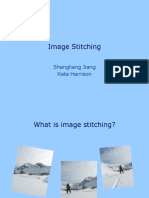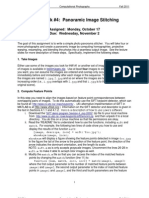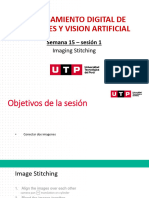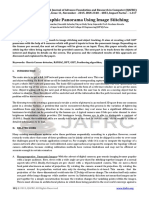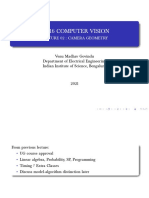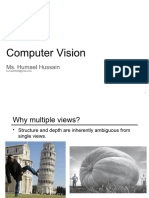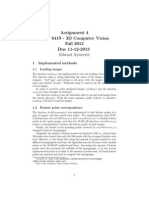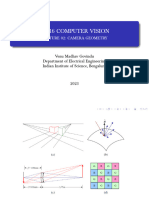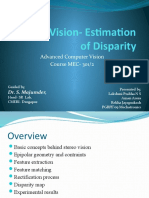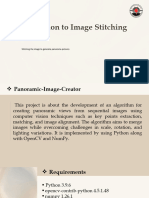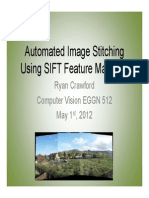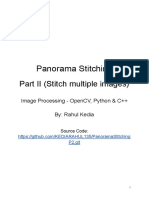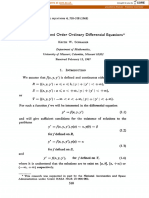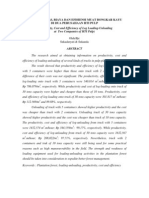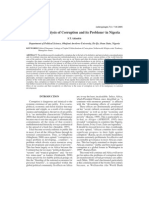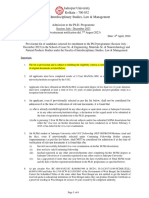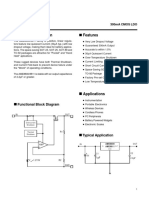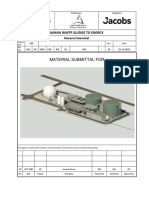0% found this document useful (0 votes)
25 views21 pagesImage Stitching and Homography
Panorama stitching is the process of merging overlapping images into a wide-angle composite image, relying on features that appear in multiple images for alignment. The document outlines the theoretical foundations, acquisition process, feature detection, matching, homography estimation, image warping, blending, and final processing techniques involved in creating a seamless panorama. It also discusses advanced extensions such as bundle adjustment and real-time stitching applications.
Uploaded by
Daniel SolomonCopyright
© © All Rights Reserved
We take content rights seriously. If you suspect this is your content, claim it here.
Available Formats
Download as DOCX, PDF, TXT or read online on Scribd
0% found this document useful (0 votes)
25 views21 pagesImage Stitching and Homography
Panorama stitching is the process of merging overlapping images into a wide-angle composite image, relying on features that appear in multiple images for alignment. The document outlines the theoretical foundations, acquisition process, feature detection, matching, homography estimation, image warping, blending, and final processing techniques involved in creating a seamless panorama. It also discusses advanced extensions such as bundle adjustment and real-time stitching applications.
Uploaded by
Daniel SolomonCopyright
© © All Rights Reserved
We take content rights seriously. If you suspect this is your content, claim it here.
Available Formats
Download as DOCX, PDF, TXT or read online on Scribd
/ 21



